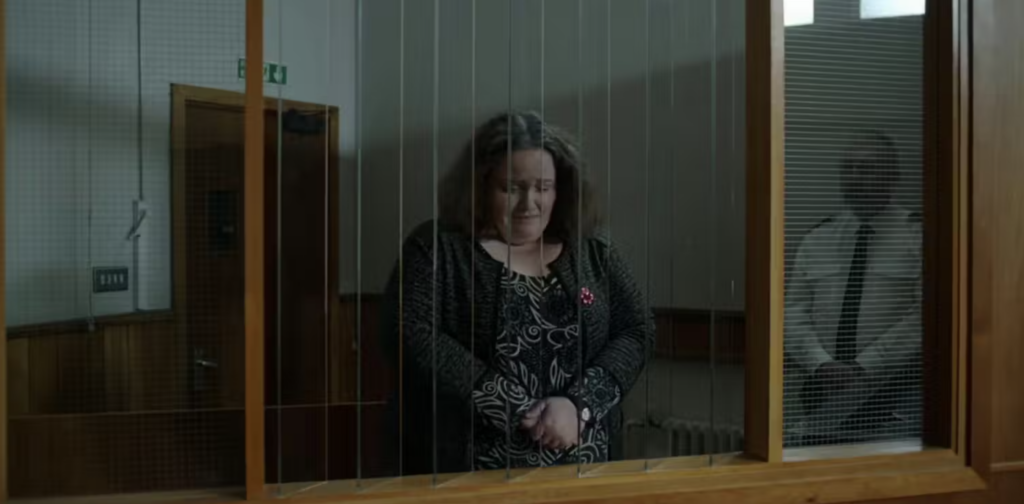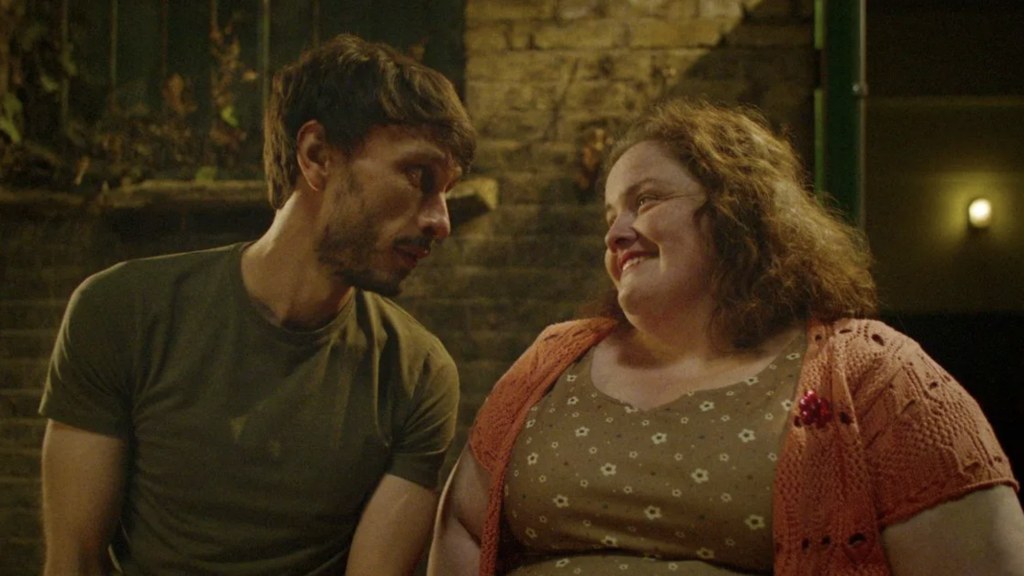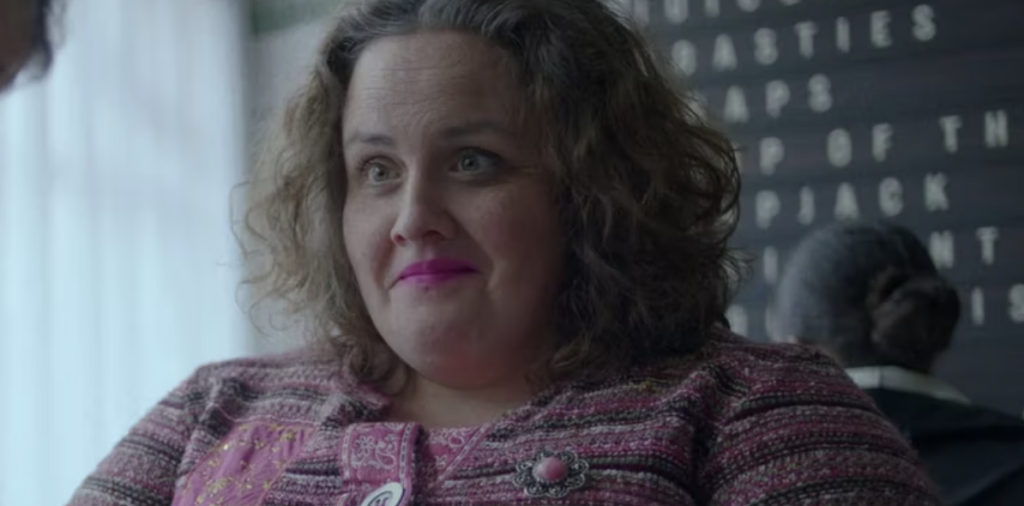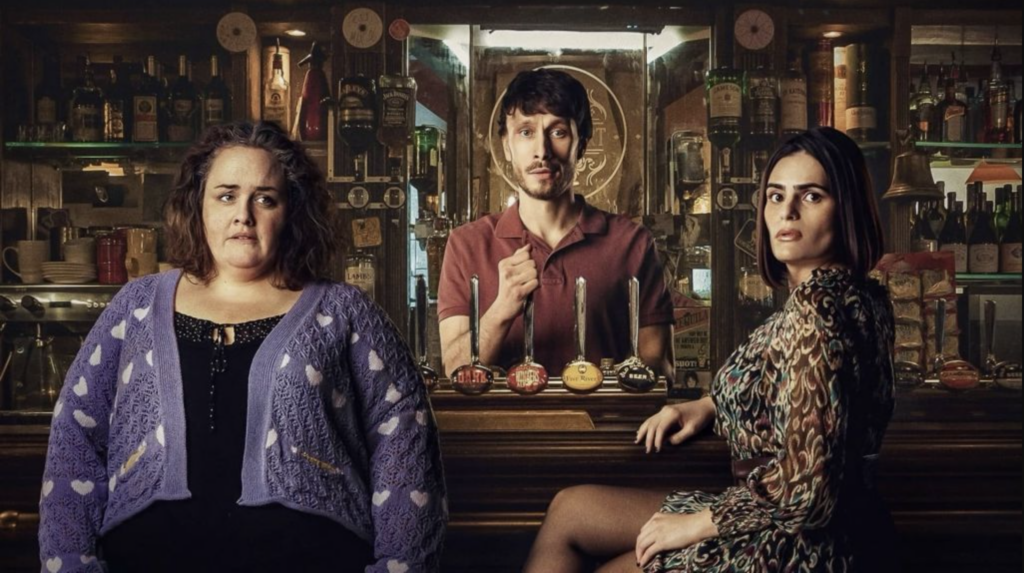Looking for differences between Netflix's Fawn and the true story? The series Fawn quickly became a viral hit on Netflix. But the show actually began as a stage production in the UK, with a few significant differences between the original and the TV show. Fawn is an original story by director, writer and actor Richard Gadd, who stars in the Netflix series. And while the story is sensational, emotional and incredibly entertaining, part of the excitement surrounding the series is due to the fact that Fawn is a true story based on events from Gadd's own life. Gadd began his career as a comedian, achieving moderate success.
However, when he moved from performing with props and satirical anti-comedy to telling stories and events from his own life, his career took off. Gadd experienced severe trauma and abuse, but through self-reflection and introspection, he was able to use these terrible events to chart a new course for his life. He adapted his story into a performance piece, which debuted at the Fringe Comedy Festival and then traveled to the West End in London. And finally, this story has now been adapted for Netflix with some changes.
7. The original one-man show

One of the biggest changes from the stage show to the limited series on Netflix was the way it was directed. Fawn was originally written and performed as a one-man show at the Edinburgh Fringe Festival, with only Gadd on stage providing dialogue and telling his story. The play was released 5 years before the Netflix adaptation appeared.
Gadd also used elements such as audio recorded by other actors and images projected on a screen to add context, but he was the only cast member of the show and performed every night. The Netflix series is not a solo show, and Fawn has a full cast of wonderfully talented actors playing every role. Gadd returns to his central role, interacting with the full cast and set, and his story continues to be part of the limited series.
Additionally, there are many messages that are added to break up one part of an episode or introduce the episode. But while the stage show uses emails, letters, and various other communications, the series uses only emails.
6. Martha was not sentenced to prison

The series tells the harrowing story of a three-year dating relationship during which a woman becomes obsessed with a man and begins stalking and harassing him. Over the years, the woman frequently visits Gadd's workplace, his comedy shows, his home, and comes into contact with several people close to him. Due to the intense, periodically violent and often threatening behavior of this woman, Martha Scott, Gadd reports her to the police, and Martha is eventually sentenced to nine months in prison for her actions. However, in reality and in the original production, everything happens completely differently.
As Richard Gadd has recounted in several interviews, the real "Martha" was not sent to prison because Gadd acknowledged that she herself was largely a victim of trauma. Additionally, Gadd had done several things that made him an unfavorable character at times, and he therefore felt that it would be unfair and unkind to imprison her, although, according to him, the situation had been resolved several years ago, which he generally felt towards "mixed feelings".
5. The series Fawn changed the level of persecution

The Netflix series shows Martha sending dozens of emails every day, as well as stalking Gadd in the workplace and sometimes at his comedy shows. However, the series tones down the overall level of stalking that occurred during the four and a half years he was the object of Martha's obsession. In the series Fawn is revealed to have a lot of emails, and it is mentioned that he received up to 80 emails a day. Additionally, in the final episode, it is revealed that Martha sent hundreds of hours of voice messages.
However, as revealed in the stage show, Fawn changed the truth and Richard ended up being the recipient of 41 emails, 071 hours of voicemails, 350 tweets, 744 Facebook messages and 46 pages of letters (according to Forbes). The series didn't detail the many methods Martha used to try to go after Gadd. The stage show conveys the scope of the persecution, although without visual imagery one could easily argue that the series conveys the intensity of the persecution more effectively.
4. Martha gave Richard gifts

It was also revealed on stage that Martha had been giving Gadd gifts throughout their time together. Gifts included a toy reindeer, sleeping pills, underwear and a woolen hat. However, as strange and unusual as these gifts are, they give the two's relationship additional meaning: Gadd accepts such gifts and indulges the idea that their relationship is something more than what is expected of a bartender and a customer.
In the ending of Fawn, there is no acknowledgment of the fact that Martha gave gifts to Gadd, but instead shows her level of poverty where she could not afford simple things like a glass of Diet Coke. Gadd's character, Donnie Dunn, offers Martha these drinks for free every day she comes over. However, Martha leaves a photo of herself in Dunn's underwear in Dunn's room when she manages to sneak into the house one evening under the pretext of attending a cooking class. Apart from this, there are no other gift exchanges in the series.
3. The fawn has different names

As mentioned above, the names of people who are mentioned in the television series have been changed in Fawn. Instead of using his own name, as he did in the stage show, Gadd decided to identify and differentiate the character with a new name, Donnie Dunn. Other characters, such as a successful television writer who takes him under his wing and bullies him, also change their name from Darren in the stage show to Darrien in the series. While these changes may seem minor, they reflect Gadd's desire to protect the identities of those mentioned in the story.
But the most interesting name change is how Gadd changed his own name. In the stage show, he remained the main character, and his own name remained unchanged. The stage show was released in 2019. At this point, Gadd may have felt closer to the events of history, since they happened so recently. He continued to use his own name when the production transferred to the West End. However, as time goes on, it appears that Gadd is becoming increasingly distant from the events and perhaps wants to separate himself from his character, which is why he changed his name.
2. It took the police six years to intervene

The series ends with Martha being sentenced to prison, but overall the timeline of events shown in the series is shorter than what actually happened. In the series, Dunn goes to the police after six months of communication with Martha. However, Gadd said that everything happened much longer. Although they first met in 2015, Gadd spent years seeking help from police. And only after 6 years he received permission, that is, this happened after the series was released.
In the series, this chronology is shortened for the sake of the plot, although the events still take place over the course of three years. In real history, the situation took much longer to unfold than in the TV series Fawn. This makes sense for a Netflix limited series based on a true story that takes place over the course of seven episodes, as there isn't a lot of time to unpack and flesh out every detail of what happened, or drag things out too long and risk seeming even more ham-fisted due to the lack of expansion. of what happened in other years that remained unmentioned.
1. Martha is from Northern Ireland, not Scotland.

Finally, in Fawn's true story, there is a huge difference between one of the main actors who appears in the series and a character who appears in a one-man show. Martha only appears in the stage show as a disembodied voice on voicemails or when Gadd voices her lines. She also has a thick Northern Irish accent and an incredibly passionate hatred of England and London in particular. Despite the fact that the unbalanced and unpredictable behavior of the characters was preserved in both images, the advantage of the series was that the role of Martha went to Jessica Gunning.
Although Gunning is actually from Yorkshire, she plays with a prominent Scottish accent and gives the character a completely different feel. Instead of being a fiery Northern Irishwoman, she gravitates more towards London. Gunning also adds complexity and drama to the play as she does an impressive job acting opposite Gadd, playing out the confrontations and flirtations in a way that the original show simply couldn't due to the limited format of a one-person show. But ultimately, both Fawn productions were impressive embodiments of Gadd's terrifying true story.
We recommend: Martha Scott in the series Fawn

